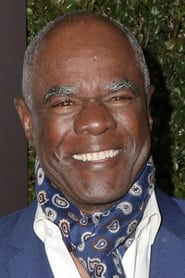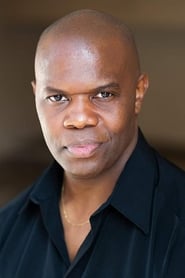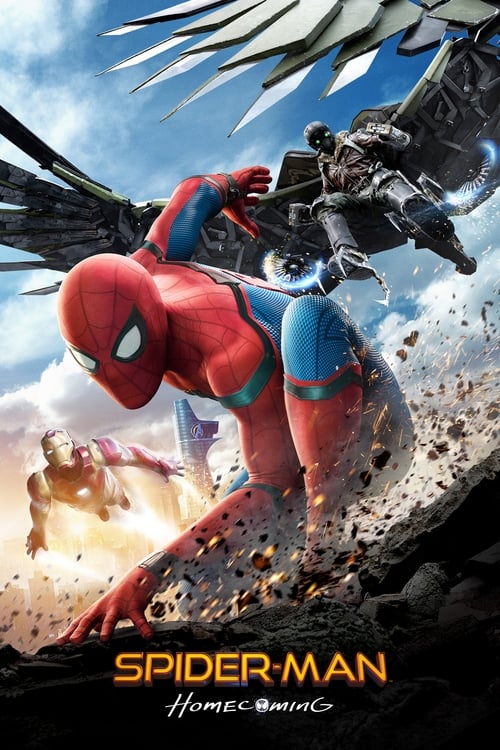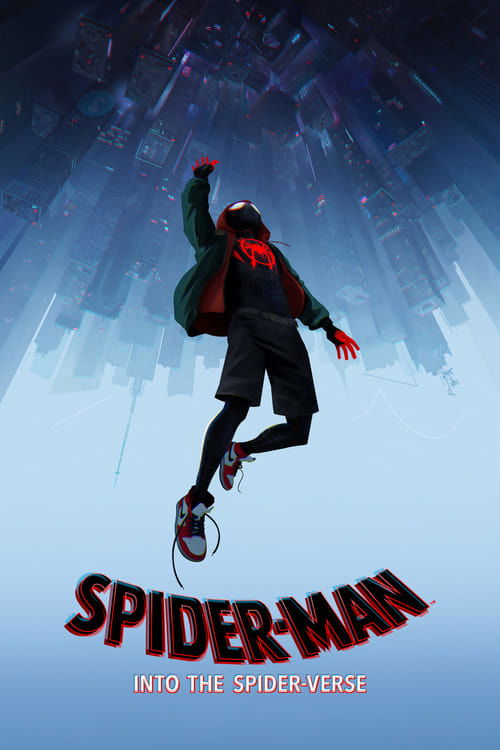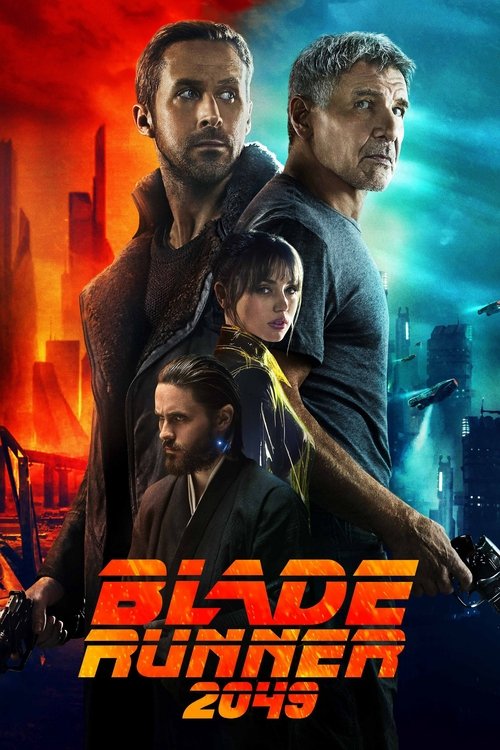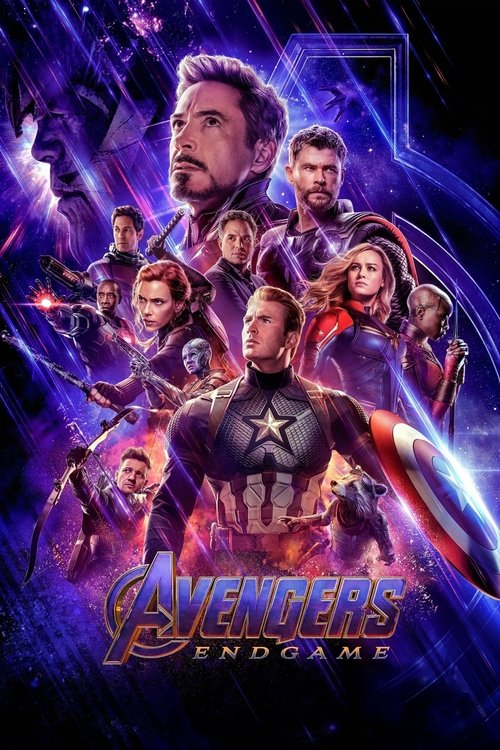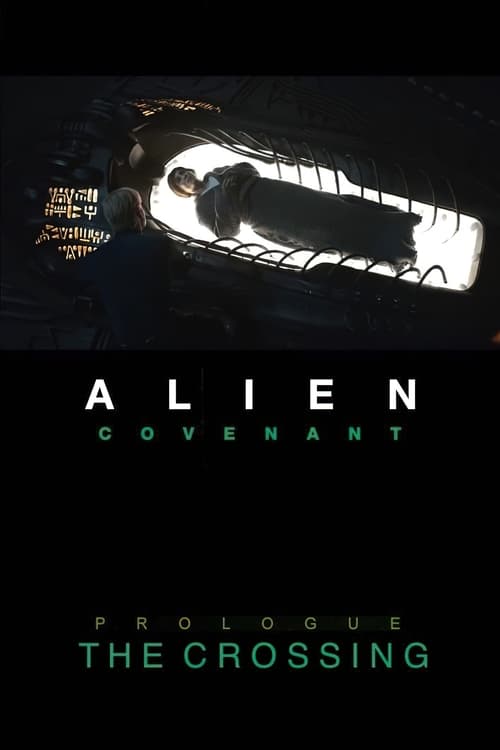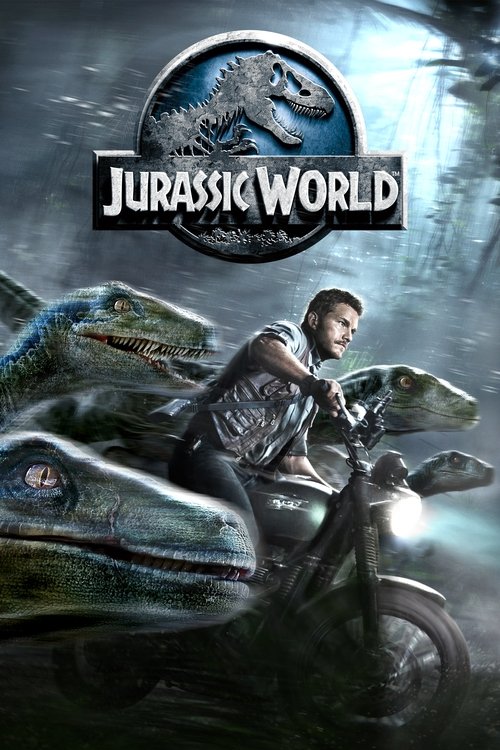
Ask Your Own Question
What is the plot?
More Movies Like This
Browse All Movies →What is the ending?
At the end of Bumblebee, Charlie and Bumblebee say their goodbyes as Bumblebee prepares to leave Earth. Charlie is heartbroken but understands that Bumblebee must return to his mission. The film concludes with Bumblebee transforming into a car and driving away, while Charlie watches him go, feeling a mix of sadness and hope.
As the final act of Bumblebee unfolds, we find ourselves in a tense showdown at a military base. Charlie, having formed a deep bond with Bumblebee, is determined to protect him from the government agents led by Agent Burns, who are intent on capturing the Autobot. The scene is charged with urgency as Charlie races against time to save her friend.
In a pivotal moment, Bumblebee, who has been severely injured in previous battles, musters the strength to fight back against the Decepticons, Shatter and Dropkick, who have tracked him down. The action is intense, with explosions and high-speed chases that showcase Bumblebee's bravery and resilience. Charlie, filled with a mix of fear and determination, encourages Bumblebee to fight, reminding him of their friendship and the importance of standing up for what is right.
As the battle escalates, Bumblebee transforms into his battle-ready form, showcasing his true power. The fight culminates in a dramatic confrontation where Bumblebee, with Charlie's unwavering support, defeats Shatter and Dropkick. The victory is hard-won, but it comes at a cost, as Bumblebee is left damaged and vulnerable.
In the aftermath of the battle, the military arrives, and Agent Burns, initially hostile, witnesses the bond between Charlie and Bumblebee. He begins to understand that Bumblebee is not just a machine but a sentient being with emotions and a heart. This realization leads to a moment of compassion, as Burns allows Bumblebee to escape rather than capturing him.
The emotional climax occurs when Charlie and Bumblebee share a heartfelt farewell. Charlie, who has grown significantly throughout the film, understands that Bumblebee must return to his home planet to fulfill his mission. The scene is poignant, filled with tears and unspoken words, as they both realize the impact they have had on each other's lives. Charlie tells Bumblebee that he will always be her friend, and Bumblebee responds with a gentle nod, signifying their deep connection.
As Bumblebee transforms into a sleek yellow Volkswagen Beetle, he drives away, leaving Charlie standing alone on the beach. The sun sets in the background, casting a warm glow over the scene, symbolizing hope and new beginnings. Charlie watches him go, her heart heavy yet filled with gratitude for the time they shared. She knows that while they are apart, their bond will remain forever.
In the final moments, we see Charlie returning to her life, empowered and more confident than before. She has found her voice and her strength, inspired by her friendship with Bumblebee. The film closes with a sense of optimism, as Charlie drives off in her own car, ready to face whatever challenges lie ahead, carrying the memories of her extraordinary adventure with Bumblebee in her heart.
Is there a post-credit scene?
Yes, there is a post-credit scene in the movie "Bumblebee."
As the credits roll, the scene opens with a shot of a military facility. We see a group of soldiers and scientists gathered around a large, mysterious object covered with a tarp. The atmosphere is tense and filled with anticipation. The camera pans to reveal that the object is a deactivated Cybertronian spacecraft.
A military officer, who appears to be in charge, instructs the team to uncover the object. As they pull back the tarp, the spacecraft is revealed in all its imposing glory, hinting at its advanced technology and alien origins. The soldiers exchange nervous glances, aware of the potential danger that such technology could pose.
Suddenly, the scene shifts to a close-up of the ship's control panel, which begins to flicker to life. A holographic projection of Optimus Prime appears, delivering a message. He speaks about the ongoing war on Cybertron and the importance of protecting Earth. His presence serves as a reminder of the larger conflict that exists beyond the events of the film.
The scene concludes with Optimus Prime's iconic line, "I will be back," leaving viewers with a sense of excitement and anticipation for future adventures in the Transformers universe. This moment not only connects the film to the broader franchise but also sets the stage for potential sequels, emphasizing the ongoing battle between Autobots and Decepticons.
What is the significance of Bumblebee's voice and how does it affect his relationship with Charlie?
Bumblebee, the Autobot, loses his voice early in the film due to a battle with Decepticons. This loss of voice becomes a significant plot element as it symbolizes his vulnerability and the struggle for communication. When he meets Charlie, a teenage girl who is dealing with her own emotional turmoil after the loss of her father, their bond deepens as they learn to communicate in other ways. Charlie helps Bumblebee find his voice again, both literally and metaphorically, as they support each other in overcoming their respective traumas.
How does Charlie's relationship with her family evolve throughout the film?
Charlie, portrayed by Hailee Steinfeld, initially feels disconnected from her family, particularly her mother and younger brother. After the death of her father, she struggles with feelings of isolation and grief. As the story progresses, her relationship with her family begins to mend, especially after they come together to confront the threat posed by the Decepticons. The climax of the film sees her family rallying around her, showcasing a newfound unity and understanding, which reflects Charlie's growth and acceptance of her father's absence.
What role does Agent Burns play in the story, and how does his character develop?
Agent Burns, played by John Cena, is a government agent tasked with hunting down Bumblebee. Initially, he is portrayed as a strict and determined antagonist, believing that all Transformers are a threat. However, as the story unfolds, Burns begins to see the humanity in Bumblebee and Charlie's bond. His character develops from a rigid enforcer to someone who ultimately recognizes the importance of protecting Bumblebee, leading to a pivotal moment where he chooses to help rather than hinder.
What is the significance of the location where Bumblebee and Charlie first meet?
Bumblebee and Charlie first meet in a junkyard, a place filled with discarded and forgotten items. This setting is significant as it mirrors both Bumblebee's own feelings of abandonment and Charlie's sense of loss. The junkyard represents a space where both characters can find solace and connection, away from the pressures of the outside world. It is here that Charlie discovers Bumblebee, and their relationship begins, symbolizing hope and the possibility of new beginnings amidst their struggles.
How do the Decepticons impact the plot and what are their motivations?
The Decepticons, led by Shatter and Dropkick, serve as the primary antagonists in the film. Their motivation is to capture Bumblebee, who possesses vital information about the Autobots' plans. Their relentless pursuit creates tension and conflict, driving the plot forward. The Decepticons' actions force Charlie and Bumblebee to confront their fears and ultimately unite with Charlie's family to protect their home. Their presence highlights the stakes of the story, emphasizing themes of loyalty and the fight against oppression.
Is this family friendly?
"Bumblebee," produced in 2018, is generally considered family-friendly, but it does contain some scenes and themes that may be potentially objectionable or upsetting for children or sensitive viewers. Here are a few aspects to consider:
-
Violence and Action Sequences: The film features several intense action scenes involving battles between Autobots and Decepticons. These sequences include explosions, car chases, and physical confrontations that may be startling for younger viewers.
-
Mild Language: There are instances of mild profanity and some crude humor that may not be suitable for very young children.
-
Emotional Themes: The film explores themes of loss, loneliness, and the struggle for acceptance. The protagonist, Charlie, deals with the grief of losing her father, which may resonate deeply and evoke strong emotions.
-
Bullying: There are scenes depicting bullying and social isolation that may be upsetting for sensitive viewers, particularly those who have experienced similar situations.
-
Parental Conflict: Charlie's relationship with her mother and the tension surrounding her family dynamics may be difficult for some children to process.
Overall, while "Bumblebee" is designed to be accessible to a younger audience, these elements may warrant parental guidance for younger children or those who are particularly sensitive to such themes.












